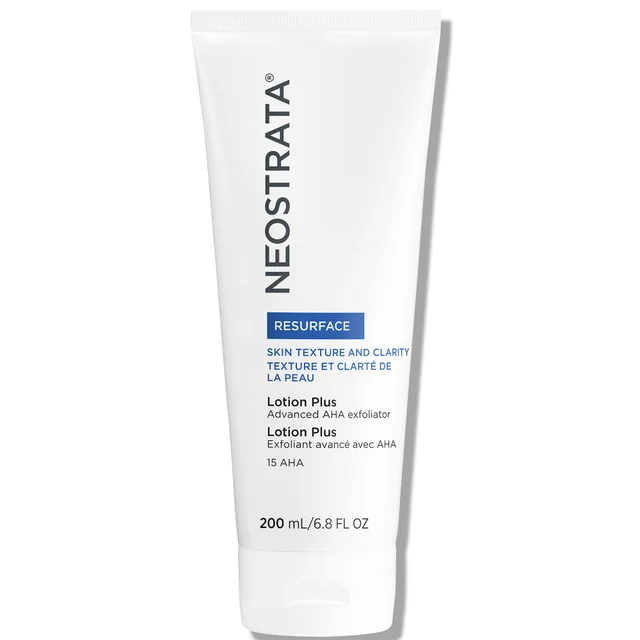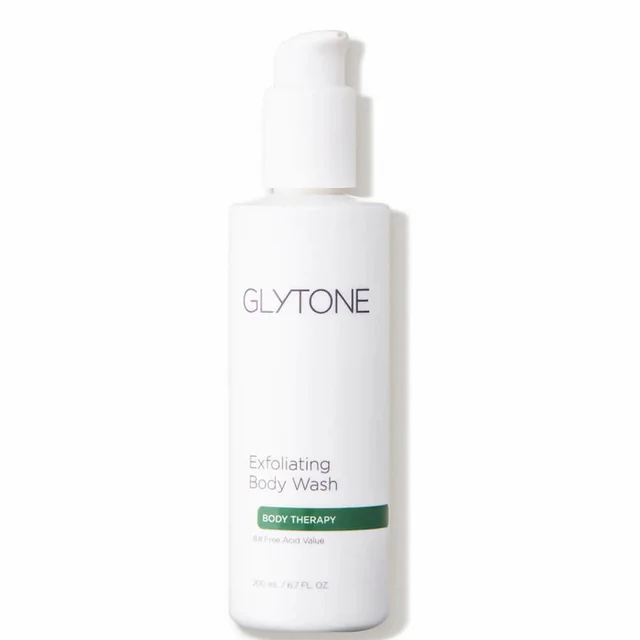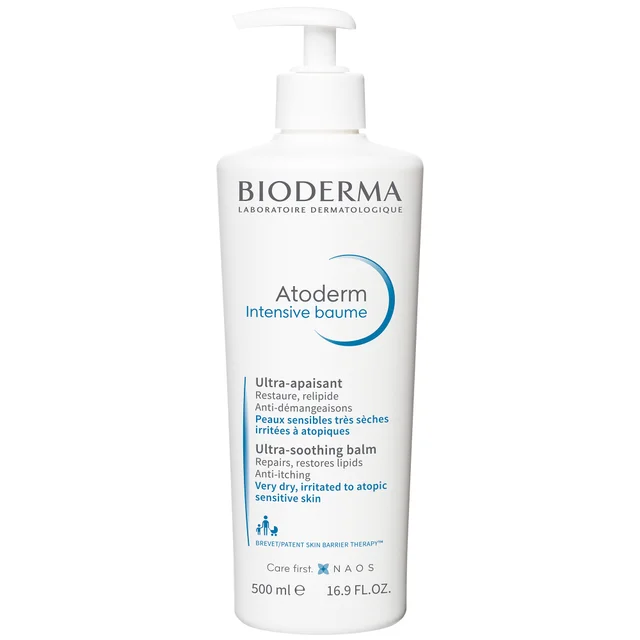How to Get Rid of Keratosis Pilaris, According to a Dermatologist
Some skin conditions may be easier to ignore than others, but it doesn’t change the fact that they still put a dent on your quest for soft, smooth and healthy-looking skin. Take keratosis pilaris, for example. Commonly known as chicken skin or goose flesh, these tiny bumps seem harmless enough. Aside from making you feel wary about wearing arm-baring tops, they don’t really cause any itching or discomfort, so it’s no surprise that they don’t rank high on your list of skin concerns. Ironically, despite the fact that it’s so common, not many know much about what causes keratosis pilaris—or even how to address it.
What Is Keratosis Pilaris
“Keratosis pilaris (KP) is a common and benign disorder of hair follicles in the skin,” says Dr. Heather D. Rogers, a board-certified dermatologist in Seattle, Wash. “It typically presents as rough 1-to-2-mm little bumps on your skin, particularly on the backs of arms, but can also affect the buttocks, upper thighs and even cheeks. It’s often described in association with other dry skin conditions like eczema,” she adds.
According to Dr. Rogers, 50 to 80 percent of adolescents and 40 percent of adults have keratosis pilaris, and because it’s inherited, about half of patients also have family members with the same skin condition. It’s typically at its worst during puberty and improves with age, but as with most skin conditions, it can also be affected by the changing seasons. “Keratosis pilaris improves during summer months and worsens as the skin tends to dry out during the winter,” she explains.
How to Treat Keratosis Pilaris
As annoying as those pesky bumps are, Dr. Rogers says there’s not a whole lot you can do about it. “Keratosis pilaris is genetically determined, something that many of us will have for our entire lives,” she says. “Figuring how to keep things in check at home is the best long-term solution.”
While there’s currently no treatment that will absolutely get rid of KP, you can improve its appearance and symptoms with some TLC—and one of the best things you can do at home is to keep your skin moisturized. “Moisturize your skin after a shower or before bed with a thick, bland moisturizer,” says Dr. Rogers. Ingredients like ceramides and hyaluronic acid will also help ensure your skin stays hydrated and protected.
“To address roughness and texture changes, use a body wash and body cream with gentle exfoliating ingredients such as lactic, glycolic and salicylic acids three times a week.” This will help rid your skin of dead skin cells and smooth out texture without drying your complexion further and risking irritation. And although it might be tempting to do, Dr. Rogers warns against scrubbing, picking or scratching those tiny bumps.
Ready to give your skin an extra dose of pampering? We’ve listed our top product picks to help you keep keratosis pilaris at bay.
1. NEOSTRATA Resurface Lotion Plus, 200ml
3. Glytone Exfoliating Body Wash (6.7 fl. oz.)
4. Bioderma Atoderm Intensive Balm (16.7 oz.)

Janeca Racho is a Journalism graduate with over 15 years of writing experience. After getting her start in public relations and advertising, she made the switch to freelance writing and began working for various lifestyle, fashion, and travel brands. Her love for all things skincare has led her to beauty reporting and research for the last ten years. Writing for several hair and beauty blogs, she reports on anti-aging staples, trending brands and products, must-have ingredients, and health and wellness.










